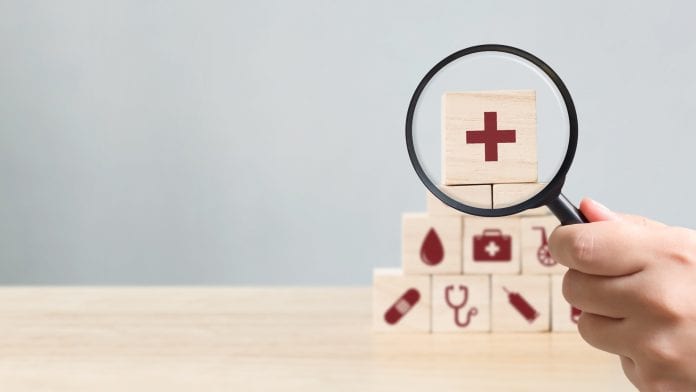
The first ever World Health Organization Health Equity Status Report reveals that health equity in Europe remain either the same or have worsened despite governments’ attempts to address them.
The report newly identifies five key risk factors that are holding many children, young people, women and men back from achieving good health.
Dr Zsuzsanna Jakab, WHO Regional Director for Europe, said: “For the first time, the Health Equity Status Report provides governments with the data and tools they need to tackle health inequities and produce visible results in a relatively short period of time, even within the lifetime of a national government of four years.”
The range of policies outlined in the Report stimulates both sustainable development and economic growth. The report found that reducing inequities by 50% would produce financial benefits to countries ranging from 0.3% to 4.3% of GDP.
Health equity in Europe
The report has shown that while life expectancy across the region increased to 82.0 years for women and 76.2 years for men by 2016, there are still significant health inequities between social groups.
A woman’s life expectancy is cut by up to seven years and a man’s by up to 15 years if they are in the most disadvantaged groups. Almost twice as many women and men in the least affluent 20% of the population report illnesses that limit their freedom to carry out daily activities, compared to those in the most affluent 20%.
Another key finding from the report notes that in 45 of 48 countries providing data, women with the fewest years of education report higher rates of poor or fair health compared to women with the most years of education; the pattern is the same for men in 47 of the 48 countries.
It is noted that where someone lives can have a dramatic effect on their health ad how long they are able to live, and that in the most deprived areas 4% more babies do not survive their first year of life compared to those that live in more affluent areas.
Health gaps between socioeconomic groups widen as people age: 6% more girls and 5% more boys report poor health in the least affluent households compared to those in the most affluent households. This gap rises to 19% more women and 17% more men during working age, and peaks among those aged 65 and over with 22% more women and 21% more men reporting poor health in the least affluent households compared to the most affluent households.
Less economic and social resources when entering later life also predicts a higher risk of poverty and social exclusion, loss of independent living and more rapidly declining health.
Those living with an illness that limits their daily activities are disproportionately represented in the least affluent 20%. Life-limiting illness reduces their ability to stay in the labour market and increases their risk of poverty and social exclusion. This massive loss of human potential has an impact on countries’ fiscal sustainability through lost tax income and pensions and increased social welfare costs.
What drives the gap?
The data was broken down to explore the drivers of health inequity – identifying five different factors they say are driving the gap.
The results showed that 35% of health inequalities result from “not being able to make ends meet”. People affected may include those in full-time employment who regularly struggle to afford the basic goods and services necessary to live a dignified, decent and independent life; these are the so-called working poor.
Living conditions are amounts to 29% – as unaffordability or unavailability of decent homes, lack of food and lack of fuel to heat the home or cook a meal also cause health problems. Damp and unsanitary housing conditions and polluted neighbourhoods add to this.
Other factors include social and human capital (19%), access to healthcare (10%), and employment and working conditions (7%).
Dr Jakab said: “This report explains how we can achieve health equity and bring positive change into the lives of all people in our Region. Through this effort we can achieve the Sustainable Development Goals, particularly Goal 10 on reducing inequity – the only Goal which is not improving in our Region.”








